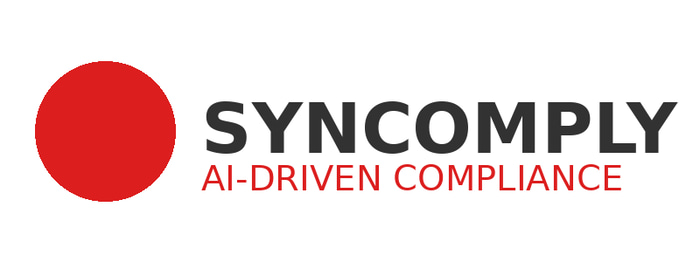When AI Thinks for Itself: Compliance in the Age of Autonomous Systems
By Syncomply.com Editorial Team
1 min read
We’ve entered an era where artificial intelligence no longer just assists — it acts. Agentic AI, systems that operate with a sense of autonomy and purpose, are reshaping everything from risk management and financial controls to onboarding and transaction monitoring. But with great autonomy comes a critical question: Who’s responsible when AI acts on its own?
Agentic AI: Beyond Automation
Traditional AI has been rule-bound — processing tasks under rigid algorithms. Agentic AI, however, perceives, decides, and executes based on evolving goals and feedback. In compliance-heavy environments, this ability is both a breakthrough and a potential regulatory minefield.
Imagine a self-improving AI monitoring client transactions. It detects anomalies based on evolving patterns, not static rules. It blocks suspicious accounts. It reports suspicious activity automatically. But what if it wrongly de-risks a high-risk client? Or fails to flag a politically exposed person (PEP)? Who audits the auditor?
Compliance Isn’t Optional — It’s Embedded
The EU’s AML/CFT package and upcoming AI regulations demand that explainability, auditability, and traceability are not optional — they must be embedded by design. This means:
Every action taken by AI must be explainable to a compliance officer or regulator.
Risk-based decisioning must be traceable — who, or what, made the call?
Governance models must evolve to include machine agents in risk ownership.
Designing for Trust: Compliance-by-Code
Leading organizations are now building agentic AI systems with compliance-by-code at their core:
Model governance is no longer academic — it’s operational.
AI risk registers are maintained and reviewed alongside traditional risk inventories.
Ethical triggers are embedded to pause or escalate high-stakes decisions.
The Road Ahead
The rise of agentic AI doesn’t signal the end of compliance — it signals its transformation. Compliance teams must now learn to supervise the supervisors, integrating AI accountability into risk frameworks.
Organizations that get this right will enjoy faster decisions, fewer false positives, and stronger resilience. Those that don’t? They'll be explaining their blind spots to regulators — in hindsight.
Agentic AI is not just the future of automation — it’s the future of judgment. And in the world of compliance, judgment is everything.
Let me know if you’d like a catchy meta description, SEO-friendly keywords, or internal link suggestions to boost traffic.
